The Skeleton That Inspired ‘Jurassic Park’s’ Velociraptor Sold For $12.4 Million
Named Hector after the fabled Trojan warrior, this prehistoric predator impaled prey with kicking sickle-shaped claws.
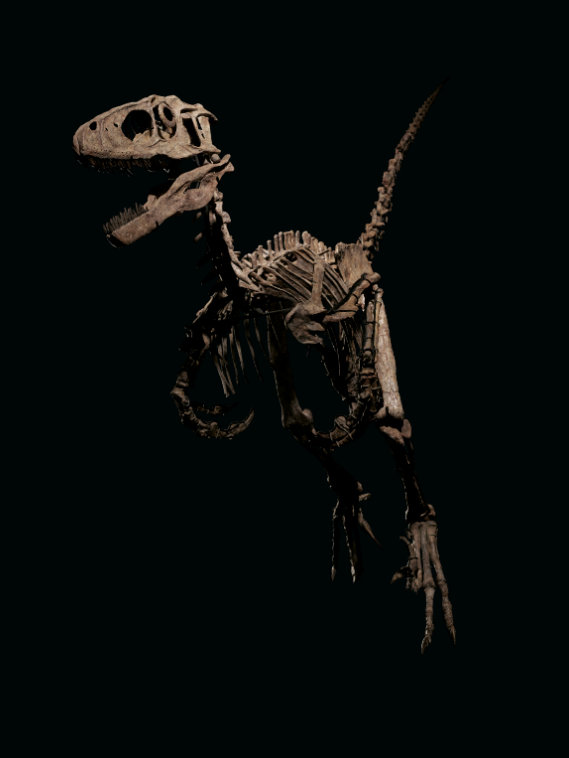
The most complete skeleton of what’s widely referred to as a Velociraptor dinosaur just blew away its $4-$6 million pre-auction valuation by fetching $12.4 million at a Christie’s live auction.
Along with Tyrannosaurus Rex, the Velociraptor has become an instantly recognizable prehistoric predator thanks almost entirely to its portrayal in Steven Spielberg’s original Jurassic Park movies. But in reality, the Velociraptor was the size of a turkey, and its fossils have been found exclusively in Mongolia.
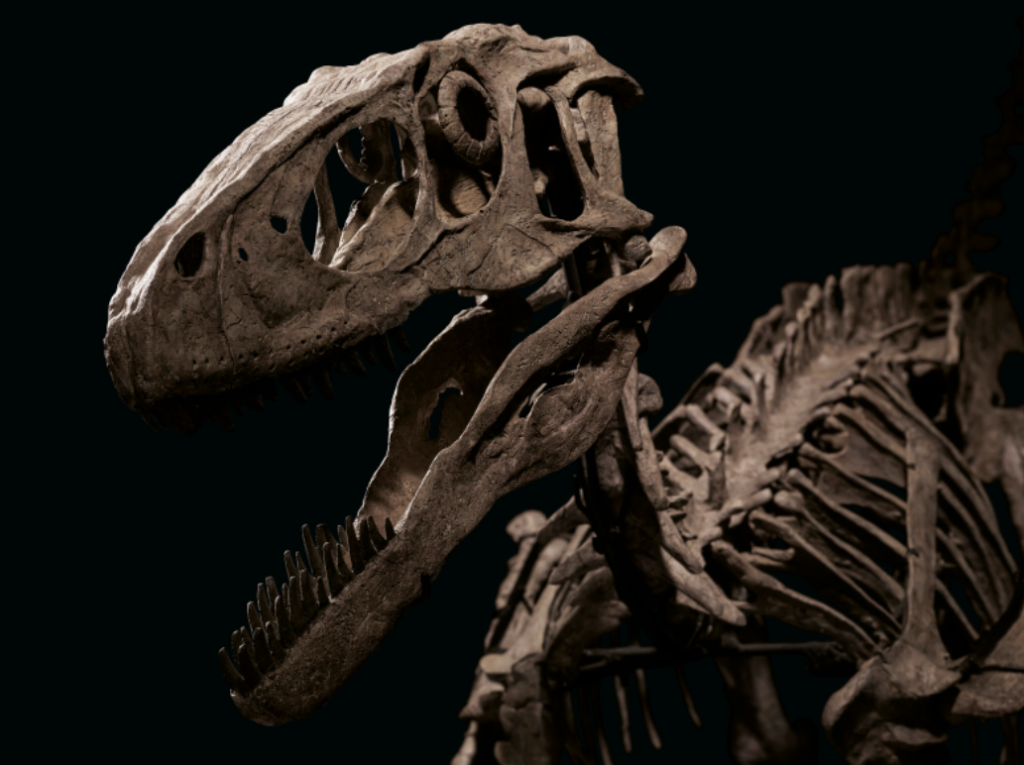
What’s called a Velociraptor in Spielberg’s silver screen adaptations of Michael Crichton’s dino novels is actually a larger, more aggressive bipedal carnivore with similar anatomical features called Deinonychus, or “terrible claw.”
The name was coined by paleontologist John Ostrom, who noted its disemboweling sickle-shaped claws in 1969, nearly 40 years after the first Deinonychus remains were discovered in Montana.
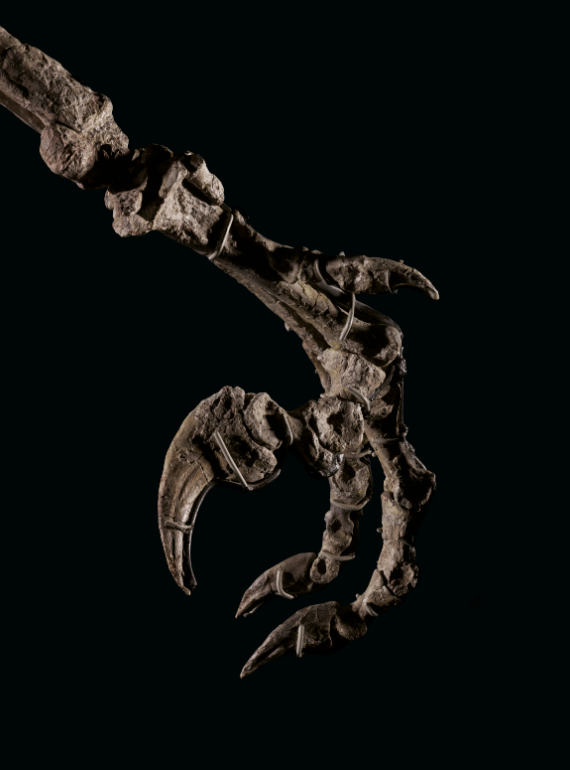
It’s believed that Deinonychus would clutch prey in its arms and nine-inch hands, stand on one leg, and deliver a brutal impaling kick with the other. With up to 70 razor-sharp teeth, enlarged optic lobes suggestive of exceptional eyesight, and a shortened femur bone adapted to running, Deinonychus would have been a swift and capable killer, especially in packs.
Christie’s has more on information on how Deinonychus sparked a revolutionary shift in academic understanding under a period known as the Dinosaur Renaissance:
As the first raptor to be uncovered, the Deinonychus species represents one of the most important paleontological discoveries of the 20th century. Based on fossils found in 1964, Deinonychus was formally named by John Ostrom in 1969, who wrote extensively on the dinosaur, emphasizing the sophistication of the creature.
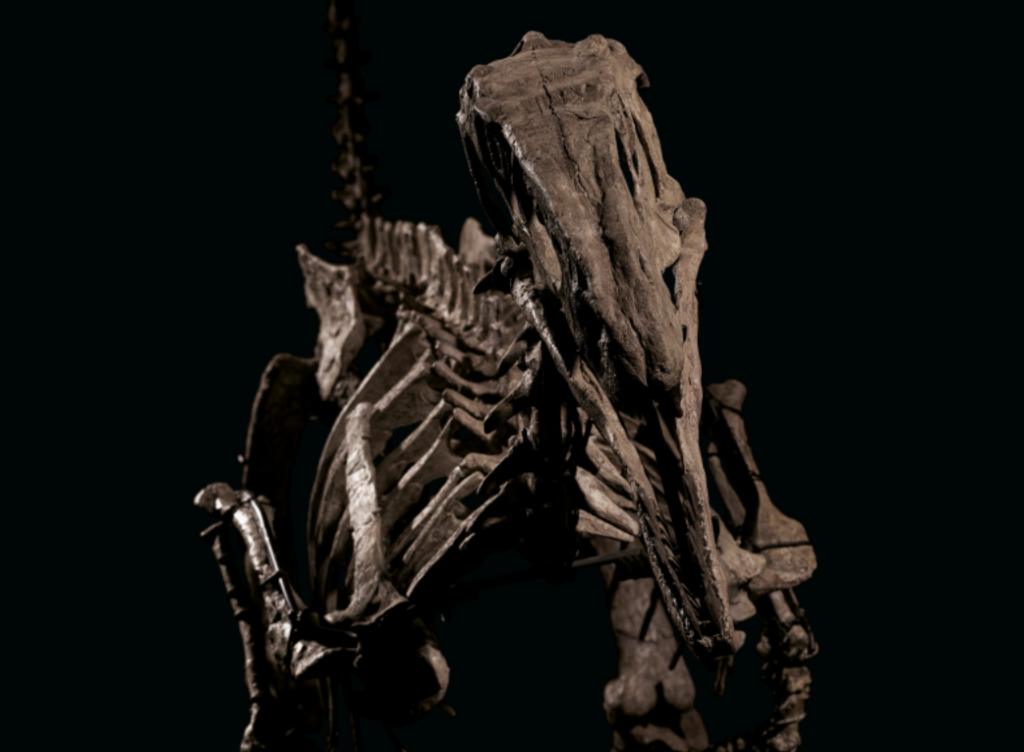
Ostrom’s breakthrough study of Deinonychus in the late 1960s cemented the evolutionary link between dinosaurs and birds. He noted that the agility, high level of activity and sensitivity to stimuli of Deinonychus was closer to that of a bird rather than a reptile as most dinosaurs were categorized. The comparison with Archaeopteryx highlighted the classical view of birds as warm-blooded and dinosaurs as cold-blooded, proposing that Deinonychus was also warm-blooded.
He argued that it shared the same characteristics as many flightless birds, noting long legs, long necks, horizontal bodies and potentially also feathers. This development was known as the Dinosaur Renaissance that led to a profound shift in thinking on nearly all aspects of dinosaur biology, including physiology, evolution, behavior, ecology, and extinction.
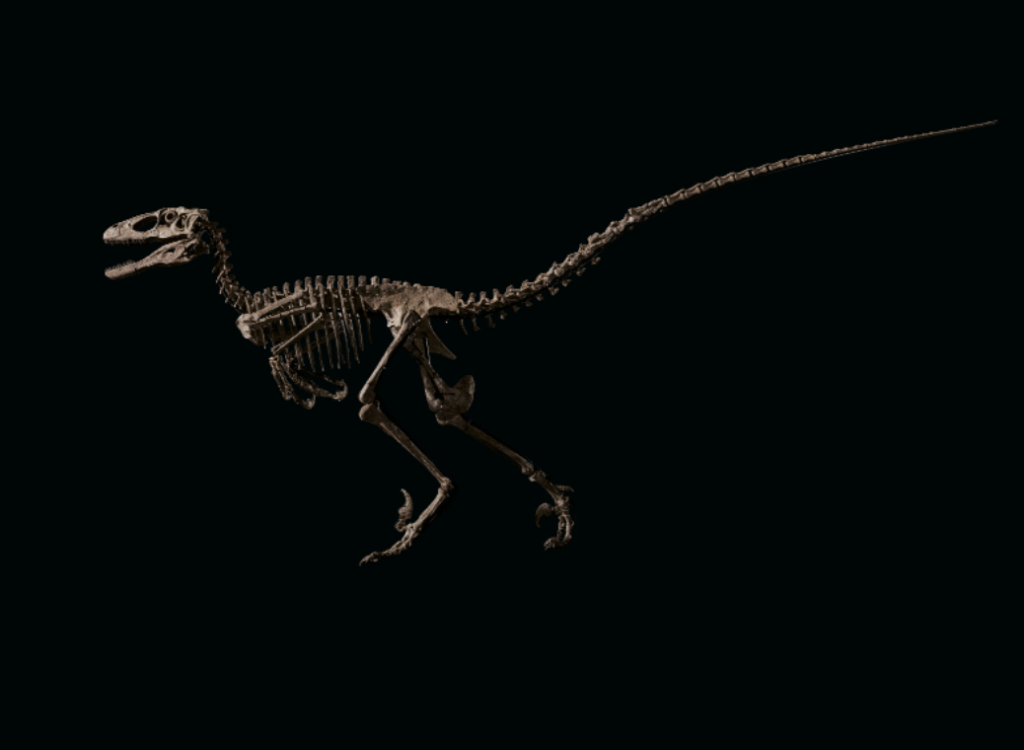
This example, named Hector after the fabled Trojan warrior, is the most complete Deinonychus example and the only one in private hands.
Head to Christie’s website to learn more.





![[December] Tenjaku Whisky Prices Review 2024 | Updated List](https://images.dappier.com/dm_02hr75e8ate6adr15hjrf3ikol/Tenjaku-Whisky-Prices-Review_.jpg?width=428&height=241)

![[New] Legend Whisky Prices Review 2024 | Try & Review!](https://images.dappier.com/dm_02hr75e8ate6adr15hjrf3ikol/Legend-Whisky-Prices-Review_.jpg?width=428&height=241)
![[Updated] Alberta Premium Cask Strength Rye Review 2024](https://images.dappier.com/dm_02hr75e8ate6adr15hjrf3ikol/Alberta-Premium-Cask-Strength-Rye-Review_.jpg?width=428&height=241)
